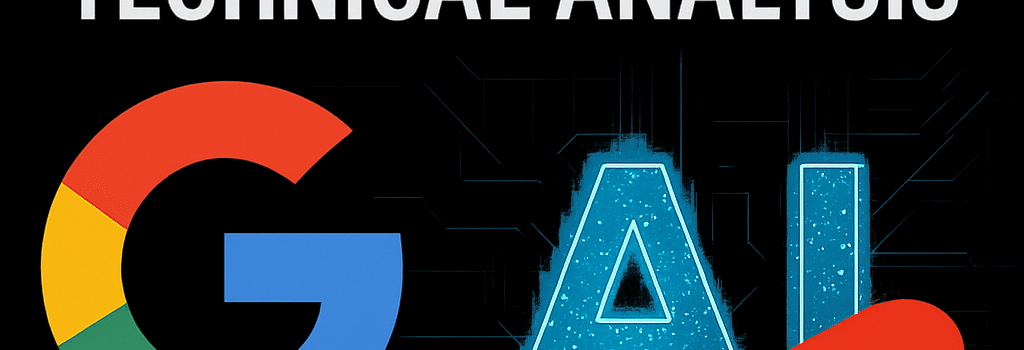Google Adds Veo 3 AI to YouTube Shorts: Technical Analysis

Even as YouTube maintains its lead as the most watched video platform globally, short-form content has exploded. According to Google CEO Neal Mohan, YouTube Shorts now sees over 250 billion daily views, up 210% year-over-year as of July 2025. To capitalize on this momentum, Google plans to integrate its latest Veo 3 AI video generator into YouTube Shorts later this summer.
Background: The Rise of YouTube Shorts and Generative AI
Since its debut in 2020, YouTube Shorts has evolved from a 30-second experiment to a full-blown 60-second storytelling format that supports ads and enhanced editing. In parallel, Google’s AI tooling—Dream Screen for dynamic backgrounds, AudioSwap for auto-generated soundtracks—laid the groundwork for Veo 3, the most advanced text-to-video model in the market.
Technical Architecture of Veo 3
Model Overview
Veo 3 is a diffusion-based generative model trained on over 1.2 trillion frames at an initial resolution of 256×256, then fine-tuned for up to 720p output. Its core components include:
- Temporal Diffusion Network: A spatio-temporal U-Net variant with 120 billion parameters, ensuring frame-to-frame coherence and smooth motion.
- Coarse-to-Fine Upscaling: A two-stage generator that first produces low-res clips at 8 frames (24 fps) and then applies a super-resolution module to achieve user-specified resolutions.
- Multimodal Conditioning: A transformer-based audio decoder aligned with visual frames for lip-sync and context-sensitive sound effects.
Integration Pipeline with YouTube Shorts
Adapting Veo 3’s default 720p landscape outputs to the portrait-first 1080×1920 format of Shorts requires new engineering layers:
- Smart auto-crop and dynamic zoom at inference to reframe landscape clips into 9:16 without manual editing.
- Optimization of the inference stack on TPUv5 pods, reducing generation time to under 30 seconds per 8-second clip.
- Deep integration into the Shorts Creator Studio, enabling creators to go from text prompt to publishable clip in a single UI flow.
Cost, Performance, and Scalability
Currently, Veo 3 access is gated by Google’s AI Ultra plan at $250/month, permitting up to 125 clips of 8 seconds each. Internal estimates put the marginal cost at roughly $0.045 per clip. Post-Shorts integration, Google may introduce tiered credits or a pay-as-you-go model to broaden access while covering GPU/TPU operational expenses.
Ethical Considerations and Content Moderation
With near-indistinguishable AI-generated footage, the risk of deepfakes and misinformation escalates. YouTube’s strategy includes embedding imperceptible AI watermarks and extending the Content ID system with machine-learning detectors to automatically flag synthetic content.
The convergence of AI-generated video and user uploads demands robust detection models and transparent watermarking to maintain platform integrity. —Trust & Safety lead at Google
Expert Insights and Future Roadmap
Dr. Elena Martinez, AI research scientist at Stanford, comments:
Veo 3’s multimodal alignment is a significant leap forward. However, scaling to native 1080p vertical output without artifacts will require further architectural innovations and larger training sets.
Google has already begun work on Veo 3.1, expected to launch in Q4 2025, which will support real-time previews and direct 1080×1920 generation at sub-2-second per clip latencies.
Implications for Creators and Advertisers
Instantaneous AI video generation shifts the creative workflow from painstaking filming to prompt engineering and iteration. Early internal tests at Google suggest that personalized, AI-driven ad snippets can boost viewer engagement by up to 35%. For influencers and brands, this means faster turnaround, lower production costs, and hyper-targeted content at scale.
Conclusion
The imminent integration of Veo 3 into YouTube Shorts represents a watershed moment for short-form video. By democratizing high-fidelity AI production, Google is not only empowering millions of creators but also setting new technical and ethical standards for the next generation of visual media.